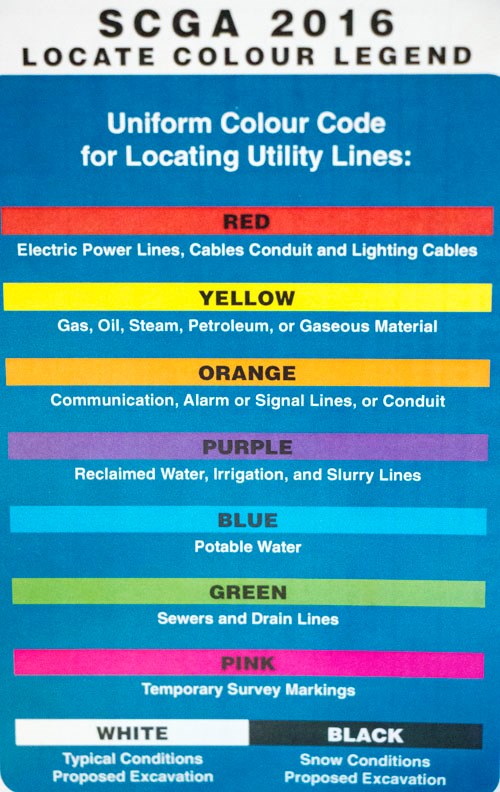The Saskatchewan Common Ground Alliance (SCGA) held their annual safety breakfast in Carlyle on Tuesday, April 19. The group hosts numerous events across Saskatchewan in order to encourage and remind people to “Call before you dig” and “Look up and live” when working in an area.
The breakfast included a short video presentation which outlined the importance of being cautious when disturbing the ground or when moving equipment under power lines.
The presentation included five steps to safer digging, which were listed as:
1. Contact Sask 1st Call and other call centres, if required, at least two days before you plan to dig. The location you intend to work in should be marked in with white lining, so those coming out to locate lines know where the intended excavation will take place. This location should be provided as exact as possible when calling in.
2. Wait the required amount of time before digging, so all the lines are identified.
3. Locate lines accurately: Is the record of locates available and does it match the work, check expiry date of locates, mark ground with paint or stakes, and do the colours match the colour code?
4. Respect the marks and be very careful within the tolerance zone, which should be excavated by shovel, not by backhoe.
5. Dig carefully.
Those presenting explained that there are various numbers to call currently to locate lines and they are working with the government currently to make Sask 1st Call the one-call phone centre for location of all lines. This is something they hope to be able to confirm this year.
The colours of flags or paint was also reiterated during the session:
- Red: electric power lines, cables conduit, and lighting cables
- Yellow: gas, oil, steam, petroleum, or gaseous material
- Orange: communication, alarm or signal lines, or conduit
- Purple: reclaimed water, irrigation, or slurrly lines
- Blue: potable water
- Green: sewer and drain lines
- Pink: temporary survey markings
- White flags or paint are to be used to propose excavation sites in typical conditions, while black flags or paint are to be used in snowy conditions.
The presentation was one which is done every year as a reminder to be safe while out working in an area as lines aren’t always directly underneath flags and it is essential to be careful when working around these utilities.




